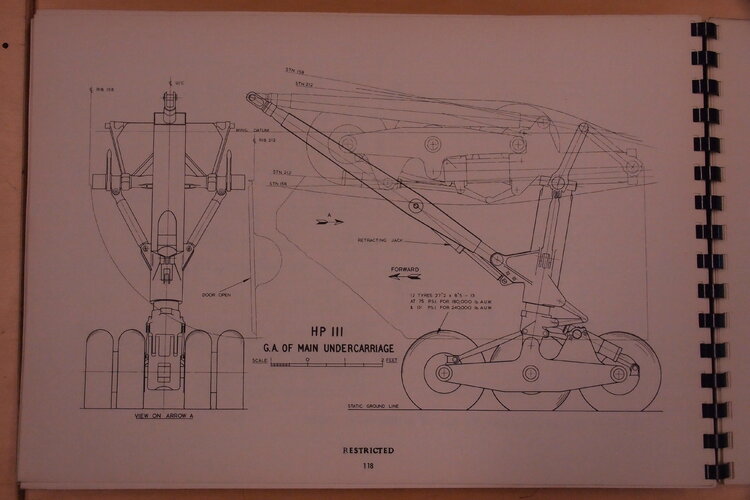- Joined
- 6 September 2006
- Messages
- 4,834
- Reaction score
- 9,458
Well it was the MoS more than the Air Ministry that was very concerned about the weight, though both were concerned. The interesting thing is that the MoS was forced to put out the "we cancelled it due to not enough money for jet transports" cover story (which Maudling even continued in the published version of his diaries) in order to protect Vickers reputation. I still suspect how widely known the weight issue was outside the Weybridge design office and the corridors of Whitehall really was at that time - hence G. Edward's tears "they killed my plane" when he knew full well it needed a lot of work to get right. Arguably that's why they learned and made the VC.10 so good for STOL performance - only for BOAC to be completely disinterested.Is this at the same time that the RAF says "We don't want it because it's too heavy" to Vickers? That's what I remember from reading "On Atlas' Shoulders" that weighty tome by Chris Gibson. (I know it's weighty because I've just taken it out of the "overflow" cupboard.) I also think he wrote that VC.7 failed because it was a military transport that was turned into an airliner and the VC.10 succeeded because it was an airliner that was turned into a military transport.
Chris' assessment is bob on I'd say.
I've been thinking of a Tyne-Britannia (i.e. CL-44) variant built by Bristol or Short & Harland (the latter as compensation for not building 23 Proteus-Britannias for the RAF) or BEA & TCA buying CL-44s from Canadair as a quid pro quo for TCA buying VC.7s. (The latter would also be a reward for the TCA's input into the Viscount which according to Gardner was the secret of its success.) I suggested as much earlier in the thread.
I think a Tyne-Britannia is a cool idea.
For TCA you wanted a Vanguard replacement and for me the standard CL-44 is too big - 5,100 mile range and far more AUW than you need for intercity hopping (Vanguard was around 1,400 miles, only 20 less passengers). The Vanguard was designed for maximum passenger density. I think it was the right track but the wrong engines, a twin-jet or tri-jet Vanguard would have been the right plane at the right time.
I think its a bit frustrating that all the best airliners are coming from Vickers and they can't do everything at once. I wonder if a path like going for the Bristol 200 (also mooted for Convair licence-production) over Trident is a better move? Then we have a BAC line up of:
Britannia (Proteus and Tyne flavours)
VC.7
Bristol 200
1-11
HSA not got much pickings left without Trident, maybe Avro 761/771 instead of 1-11? Of course they still have 748. Maybe Dobson forks out some money and offers Sir FHP a decent price to let HP into HSA bringing with it HP.124 (ordered for the RAF instead of Andover) and Jetstream? That fits nicely with DH's Jet Dragon and sets up HSA for the business market.
Then come the mid-60s we say "non" to Concorde and instead invest in 2-11 or place all bets on A300.

